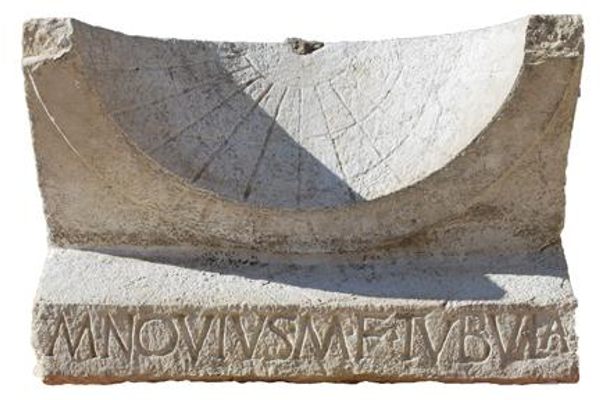Found: 1,600-Year-Old Mosaic, By Amateur Archaeologists
Experts are calling it the most exciting British mosaic discovery in fifty years.
The Greek hero Bellerophon sits astride Pegasus, the winged horse. Hercules tussles with a centaur. Cupid clutches a wreath. All this action unfurls in full-color glory on a Roman mosaic found last week in West Berkshire, England, in the closing month of a three-year archaeology project.
The Cotswold Archaeology dig, which has taken place over the last three summers, concentrated on the site of a possible Roman villa, based on 19th-century records of a nearby drainage ditch. Peeling off the top layer of soil, an excavator revealed the corner of the stunning mosaic, made up of thousands of tiny colored tiles. Although only one side is currently visible, the mosaic looks to be square-shaped and over 30 feet long, with a two-foot border of red roof tiles. The Guardian reports that, according to Anthony Beeson, an expert on classical art, it is “without question the most exciting mosaic discovery made in Britain in the last fifty years.”
Experts have dated the mosaic to the 4th century and say that it has particular mythological elements that set it apart from many other Roman mosaics in the United Kingdom. In the mosaic, Bellerophon is seen in combat with a chimera, a terrifying fire-breathing monster with a goat’s body, a snake’s tail, and a lion’s head. In many other British mosaics, chimeras flee their adversary. Here, the chimera fights back.
The dig, funded by the Heritage Lottery Fund, has involved over fifty local volunteers and other resident historians. Joy Appleton, a lead organizer, told Newbury Today that a discovery of that scale had been an unexpected bonus. “We could never have envisaged such a stunning project when we started in 2015,” she said. “What a way to end a project.”
But the full scale of the mosaic is yet to be revealed, with just a few letters in what looks like Greek peeking out from the mosaic’s edge. For the other half to be uncovered, more funding for future digs will also have to be found—a far more prosaic process of excavation.











Follow us on Twitter to get the latest on the world's hidden wonders.
Like us on Facebook to get the latest on the world's hidden wonders.
Follow us on Twitter Like us on Facebook